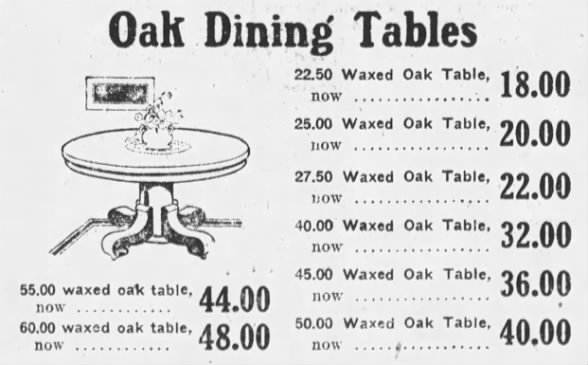We don’t have a photo of Mom’s grandfather, Henry Francis Vining who served in the Civil War. He died within a year of Mom’s mother being born. It was a struggle for the Widow Vining to raise her young children in those days without a husband to support the family.
A too-brief summary of his life existed:
Henry Francis Vining – b 9/16/1836 East Windsor,Hartford,CT – d 7/28/1897 Chetopa Twp.,Wilson,KS – m 3/15/1874,Wilson,KS Nancy Jane Babcock (daughter of Ezra B. Babcock & Nancy Jane Wright) b 3/18/1851, Blackhawk,IA – d 1/6/1924 ElkCity, Elk,KS – Burial: Harrison Cem.,Wilson,KS – Enlisted 11/20/1861 with Company B, 9th Kansas Voluntary Calvary. Promoted to Corporal on 11/20/1862 and mustered out on 11/19/1864. (by Ms. Karolyn Rae Roberts)
That led me to search the details on Ancestry and in Newspapers.com. Here’s more about his life.

Henry Francis Vining
My mother, Gail Lee Martin, researched and wrote an engaging story about Henry’s parents, Almira Buckland and James Vining. You can read it here, My Pioneering Great-Grandmother. It was published in the magazine Kanhistique and included in Mom’s book, My Flint Hills Childhood.
Henry Vining’s Military Experience
Here’s an excerpt from it which tells about Henry’s military service,
Almira’s courage was to be tested at its fullest in the next five years as the civil war loomed more and more on the horizon. In September of 1861, four of her sons, Henry, Erastus, Israel, and Charles rode their horses to Fort Leavenworth and enlisted in the Kansas Cavalry. They were assigned to the 9th Regiment, Company B.
Letters from Henry disclosed that he was being sent to the northwest territory to build Fort Halleck for protection from the Indians. He spent the war years fighting Indians and never came home until the war was over.
Erastus became a guide and took remount horses to Fort Halleck. On one trip he was caught in a blizzard and almost froze to death but managed to make it back home to recuperate from frostbite to his face, hands, and feet. Charles was like his father and had the wandering urge. After the war, he signed up for four more years of service and adventure.
Wikipedia gives some details about Fort Halleck, “Fort Halleck was a military outpost that existed in the 1860s along the Overland Trail and stage route in what was then the Territory of Idaho, now the U.S. state of Wyoming.”
The Vining Farm in 1880
I found some details about Henry Vining’s farm in the June 1880 in the U.S. Census Non-Population Schedule for Newark, Wilson County, Kansas. The farm included 20 acres of tilled land, no acres of permanent pastures or woodlands, and 20 acres of other unimproved fields. The value of the farm was $300 including the buildings and there was $25 worth of farm machinery and $30 worth of livestock. There were no horses, mules, working oxen, milch cows, sheep, or swine. It appears that the livestock was 30 chickens who produced 100 eggs in 1879.
He had 1/2 acre planted with apple trees but only one had reached bearing age. there were 75 peach trees that were bearing on another 1/2 acre. I’m not sure what they did with that many peaches. Not far away, his brother James had a larger farm which also had a large peach orchard.
James had 2 horses, so maybe he helped Henry with plowing. Henry had 1 acre of potatoes that yielded 70 bushels in 1879. There was also 7 acres of Indian corn that produced 200 bushels and 2 acres of wheat which made 20 bushels. Twenty gallons of molasses came from the 1/2 acre of sorghum. It’s likely that they had a vegetable garden for some additional food like pumpkins, squash, turnips, beets, and cabbage which could be stored into the winter months.
Indian corn could be ground into cornmeal for making cornbread. The wheat could be ground for flour to make biscuits or bread. They probably didn’t eat the chickens as the eggs would be needed for eating or bartering. Maybe they hunted for rabbits or other game to provide meat.
Henry Francis Vining died of typhoid fever on July 28, 1897.

The Alliance Herald Fredonia, Kansas 06 Aug 1897, Fri • Page 3













